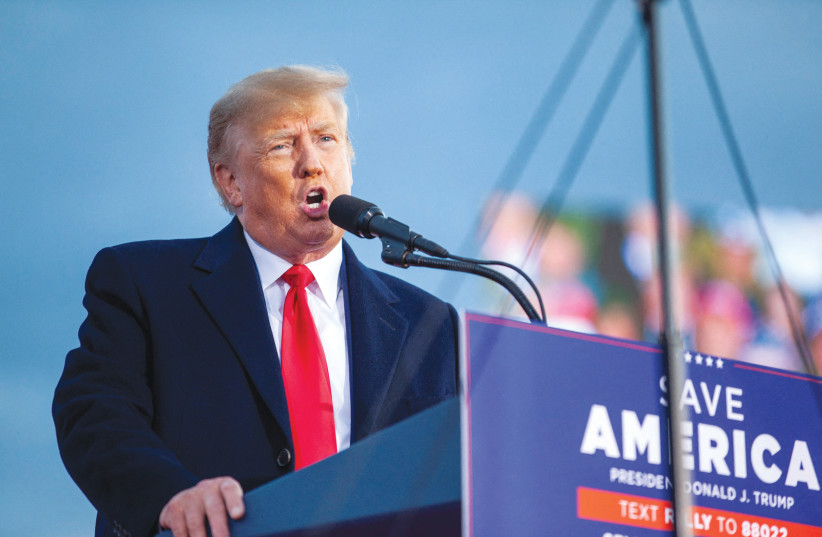Politicians around the world tend to live longer than the general population, and a new study reflects the widening health gap between elites and "ordinary people."
The gaps between the two demographic groups are gradually widening according to the study. In the late 19th and early 20th centuries, politicians in most countries surveyed tended to have similar mortality rates to the general population. Yet throughout the 20th century, differences in mortality rates increased greatly in all countries. This means that the "survival advantage" of politicians over the general population is today the highest it has been in the last 150 years.
The findings come from a new study from the University of Oxford recently published in the journal European Journal of Epidemiology. Researchers formed opinions after examining data on more than 57,500 politicians from 11 countries including Australia, Austria, Canada, France, Germany, Italy, the Netherlands, New Zealand, Switzerland, the United Kingdom and the United States.
The team found information for all countries from 1945 to 2014, but the full analysis included politicians in some countries where there is more extensive documentation from 1816 to 2017.
Currently, life expectancy gaps range from about three years in Switzerland to seven years in the US. A typical person in the general public in Italy is 2.2 times more likely to die over the next year compared to a politician of the same age and sex. In New Zealand, this figure is 1.2 times.

“The results show that the survival advantage of politicians today is very high compared to that seen in the first half of the 20th century. Interestingly, the mortality gaps we document usually began to rise half a century earlier than the well-documented increases in income inequality since the 1980s," said Dr. Lawrence Ropp, a research author and senior researcher at the University of Oxford’s Health Economics Research Center (HERC) in a statement.
Why the life expectancy difference?
Several factors are evident in this very clear trend. For example, there were high rates of smoking in the first half of the 20th century even among the upper class. Yet, the numbers have been going down since the 1950s. Perhaps, the study suggests, smoking rates have dropped faster among politicians than among the general public, which partly explains the life expectancy gaps that grew in many countries after 1950.
Alternatively, it may have something to do with heart health. Politicians tend to have a higher risk of cardiovascular disease than other people, but these conditions have been treated more easily since antihypertensive drugs became widely available in the 1960s.
Another major component, and perhaps the most obvious, is wealth and economic inequality. Politicians earn significantly higher salaries than the average population, which brings clear benefits to longevity and health. Yet researchers argue that this factor isn’t as strong as it may first appear, as inequality began to rise in the 1980s but differences in life expectancy began to widen decades earlier.
